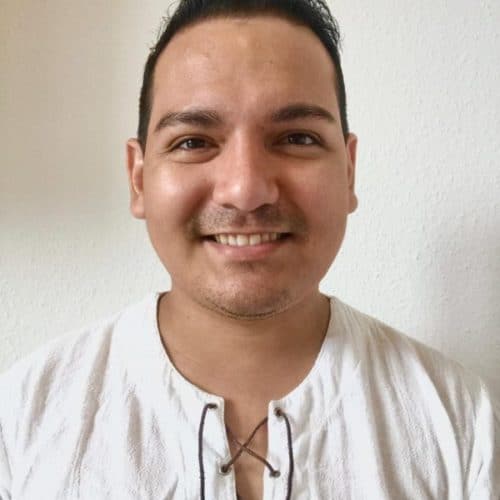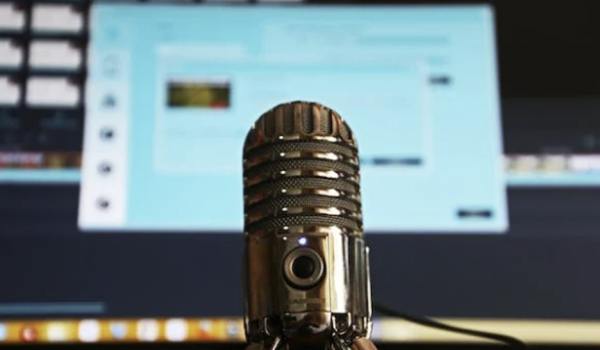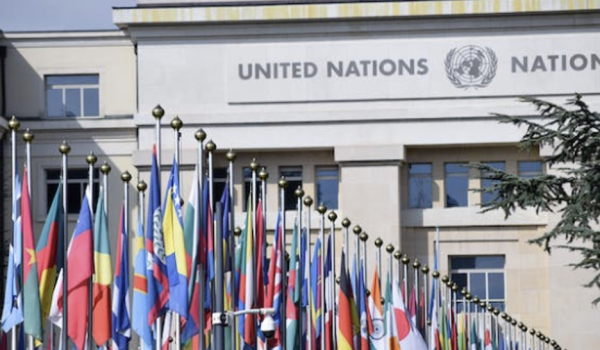With the emergence of reaching the 2030 Agenda for Sustainable Development, an important part of international cooperation funds is being dedicated to education for vulnerable communities. This article explores the link between international cooperation and education.
With the urgency of sustainable development and the achievement of the 2030 Agenda, the role of international cooperation and foreign aid has gained relevance for funding programs. Funded programs are useful to support all communities in the world, and especially the most marginalized communities from developing countries, to overcome poverty and ensure that their human rights are respected. Such international cooperation is usually funded by country donors in the form of Official Development Assistance (ODA).
According to the OECD, foreign aid from official donors reached $169.24 billion by 2021. From these funds, the countries with higher contributions were the United States of America, Germany, the UK, Japan, and France. On the other hand, the countries receiving more foreign aid funds are India, Turkey, Syria, and Ethiopia. But, is there any link between international cooperation and education?
International Cooperation and SDG4
After World War II, the international community started to discuss and analyze ways to prevent future wars and their root causes. The focus of development shifted from a purely GDP-based view to an integral focus integrating human and social aspects, as well as environmental concerns. Such discussions allowed the emergence of different international organizations focused on international security, development, and cooperation. The United Nations has been leading these international efforts and has promoted the strategic coordination of actions toward the global development of countries through the Millennium Development Goals, later replaced by the 2030 Agenda for Sustainable Development.
The 2030 Agenda contains 17 global Sustainable Development Goals (SDGs) that embrace the top global priorities to be pursued until 2030. These goals have a much broader scope than the previous Millennium Development Goals and are considered to be far more ambitious and challenging. Under this global Agenda, international organizations and multilateral banks have been working strategically to support developing countries in their national efforts to pursue such goals and their targets.
The fourth SDG of the 2030 Agenda advocates to “ensure inclusive and equitable quality education and promote lifelong learning opportunities for all.” This is not a simple objective to reach, especially when the educational gaps have deepened with the COVID-19 lockdown and sanitary emergencies worldwide. But, what makes it so complex to achieve? For this, it is important to look at its targets.
The Complexity of SDG4 and Its Targets
The 2030 Agenda aims to leave no one behind, but sadly when it comes to education, millions of children, teenagers, and adults are behind in different ways. That is why this SDG covers 10 specific targets — named from 4.1 to 4.7, and the last three are named from 4.a to 4.c — to ensure inclusive and equitable education for all. These targets are aligned to this SDG but also interlinked with others in one way or another. Among the priorities targeted are:
- Increase access and completion of free, equitable, and high-quality early childhood development, primary and secondary education,
- Ensure equal access to technical, vocational, and tertiary education for all men and women,
- Increase the number of youth and adults with skills for decent jobs and entrepreneurship
- Reduce educational barriers and disparities regardless of gender, disabilities, ethnicity, and vulnerability conditions.
- Raise a substantial proportion of adults to achieve literacy and numeracy
- Strengthen students’ knowledge needed to promote sustainable development
As explained, pursuing the broader goal to improve education for all requires efforts on different fronts, and consequently the collective leadership and strategic articulation between all the educational stakeholders from all contexts. Such complexity, and the fact that education is one of the priorities for sustainable development, make international cooperation a crucial point to support new and already existing efforts.
Pursuing SDG4 in Humanitarian Settings
The United Nations Education, Science and Culture Organization (UNESCO) is overall responsible to track the progress of SDG4 and its targets. Other UN agencies, such as the United Nations International Children’s Emergency Fund (UNICEF), and international organizations such as the Organization for Economic Cooperation and Development (OECD) support UNESCO in this responsibility. Its role is mainly to provide technical support to coordinate and lead with national governments the strategic plans to achieve these goals in developing countries.
Among the largest funds for education topics, one with wide recognition is Education Cannot Wait (ECW). ECW is the official UN global fund for education in contexts of emergency, prioritizing access to education of marginalized communities in humanitarian settings (such as wars, human mobility, natural disasters, etc.). Its funding programs are usually either for two types of interventions in developing countries: First Emergency Response, or for Multi-Year Resilience Programs.
Through these funds, the UN channels foreign aid funds and uses them for technical cooperation and program implementation to pursue the children, teenagers, and adults that are more likely to be left behind if no deeper efforts are made to ensure they have access to quality education. By 2020, UNICEF estimates that ECW has reached about 4.5 million children in 42 crisis-affected countries, most of them (approx. 79 percent) studying in primary education. More than half of funding so far has been dedicated to supporting the education of children and teenagers living in or escaping from natural disasters, wars and social conflicts, extreme poverty, hunger, or political and security crises.
Education, as a cornerstone for human development, must always be prioritized. A strong and efficient articulation between governments and international organizations can support innovative programs and policies to ensure that each country is able to adapt its educational systems. Therefore, they must ensure all citizens have access, continuity, and completion of education for increasing life quality and reducing extreme poverty. Even though important efforts are currently taking place, closer looks and research would enlighten the mid-term and long-term impact of such interventions. As reaching the 2030 Agenda goals is a worldwide priority, such efforts must actually demonstrate not only large numbers of students reached but also in-depth impact on the quality of life of their beneficiaries over time.
Photo: Look Studio/Shutterstock
You might also like:
Supporting Mental Health of Youth Through Non-Formal Education
Support us!
All your donations will be used to pay the magazine’s journalists and to support the ongoing costs of maintaining the site.
Share this post
Interested in co-operating with us?
We are open to co-operation from writers and businesses alike. You can reach us on our email at [email protected]/[email protected] and we will get back to you as quick as we can.










